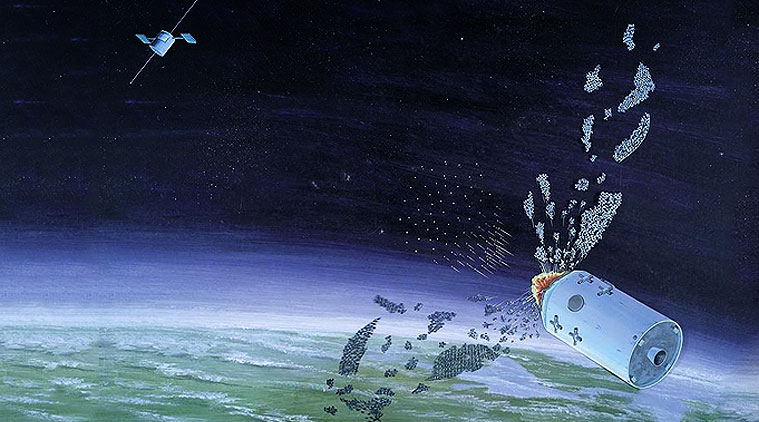
Two facilities of the Defence Research and Development Organisation (DRDO) in Pune, along with the agency’s unit in Nashik, have played an important role in the development of the anti-satellite weapon system, or ASAT, which was successfully test-fired on Wednesday. The ASAT comprised a Ballistic Missile Defence (BMD) Interceptor developed by the DRDO.
The Research and Development Establishment (Engineers), known as R&DE and based at Dighi in Pune, developed the ground system for the ASAT. The High Energy Material Research Laboratory (HEMRL), located at Pashan, and the Advanced Centre for Energetic Material (ACEM) in Nashik have, together, contributed to the motor systems and some other components. All these facilities belong to the Armament and Combat Engineering (ACE) Cluster of the DRDO, which is also headquartered in Pune.
HEMRL, which works in the field of technology related to high explosives, propellants and pyrotechnics, has developed propellants and motor systems for almost all missiles including Prithvi, Agni, Akash and Nag, developed by the DRDO till now. For the ASAT, the HEMRL, along with ACEM, have contributed to the design and development of rocket motors, propellant and state separator systems, said a DRDO scientist. The ACEM, which is the newest DRDO facility and was commissioned in 2009, mainly works in the area of composite propellant processing.
Explained: The ABC of India’s anti-satellite missile test
The R&DE, an engineering systems laboratory of the DRDO, has developed the launch vehicle that is part of the ground system of the ASAT. The electro-mechanical engineering wing of the facility has developed the system.
“The work on these systems for the ASAT was done over the past one-and-a-half years. But the preparation for the test on Wednesday was on since six to seven weeks. These laboratories in Pune, along with the Armament Research and Development Establishment (ARDE), which is also part of the ACE, have contributed to several key DRDO projects together in the past.” said a senior DRDO scientist.
Among other things, the R&DE has contributed to several in-use defence systems like mobility and counter-mobility systems, chemical, biological, radiological, nuclear defence systems, launch systems for weapons and unmanned aerial vehicles, robotics and unmanned systems. Two of the systems developed by the facility and widely used by security agencies across India is Daksh, a remotely operated bomb detection and disposal system, and Netra, a surveillance UAV.
The HEMRL, on the other hand, has worked in development and testing of solid propellants for rockets and missiles, solid propellants and cartridges for gun ammunition, along with design, development and fabrication of range of instrumentation and electronic equipments for study and evaluation of high-energy material.